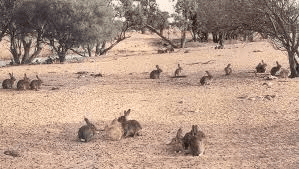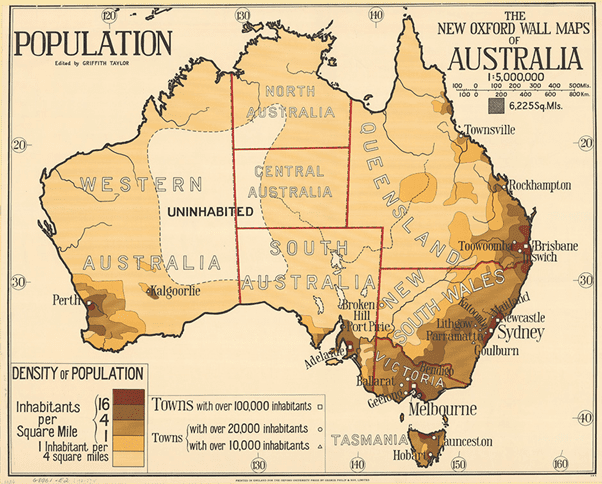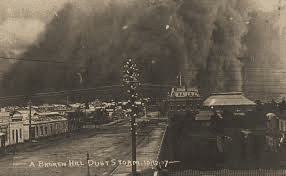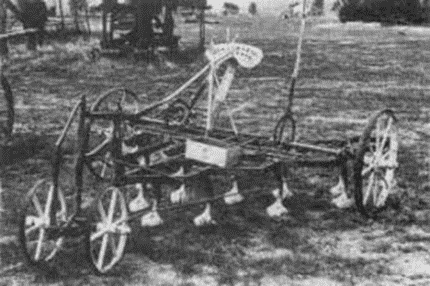
24 Nov Pioneers and Forefathers – a 100 years of Farming
In January 1788 Australia’s livestock industry consisted of just 7 horses, 7 cattle, 29 sheep, 74 pigs, 5 rabbits, 18 turkeys, 29 geese, 35 ducks and 209 fowls.

By 1860 there were 1.2million acres under crop, 430,000 horses nearly 4 million cattle, over 20 million sheep and in excess of 350,000 pigs.
Fast forward to 2020, there is now 79 million acres under crop, horses became redundant, 23.5million cattle, 64 million sheep and 4.9 million pigs.
On a per labour unit basis, rabbits were the clear winner. In contrast there is estimated to be over 200 million rabbits within Australia today. At 12 rabbits per DSE, that is equivalent to 16.7 million sheep.
The Great Drought: 1895-1903
Henry Wilton Robinson’s marriage to Florence Haylock in 1901 was a delicate logistical event to avoid the dust storms that would roll in during the afternoon westerlies. Around their remote sheep station near Booligal NSW, sand was filling up the dams and building up against the fence lines, the horses would cower in the shade around the few remaining trees near the homestead and even the bird life had vacated in search for a better life.
Hay, Hell and Booligal
Life at “Natue” Booligal during the Federation Drought was reduced to a simple existence of toil and a mantra bestowing a solemn belief that their world had not permanently tilted into a grievous spiral. Whilst all around them river systems dried, and livestock died.
Beyond the boundaries of “Natue” fared no better. Australia’s sheep numbers which hit 100 million in 1890 more than halved while cattle more than 40%. Cropping yields did NOT exceed 220kg / acre and fell to 60kg / acre (0.16t/ha) in 1903.
The two-day buggy ride to Hay across the wind-brushed Hay plains felt like Australian agriculture and civilized society had come to an end.

Rain and Prosperity
The human condition has the capacity of explicit resourcefulness in times of necessity, and applied with some innovative forward thinking, a revolution of technological advancements is borne.
Emerging from The Great Drought, the stump jump plough opening up the mallee country in Victoria and South Australia, Hiram Moore inventing the combine harvester, the scrub roller to clear large tracts of land, the discovery of the Great Artesian Basin and the development of irrigation around Mildura by the American Chaffey brothers were to name a few.

Although innovation assisted in the demise of hard laborious duties on the farm, it did not eliminate them.
In 1901, 23.4% of Australia’s population was directly employed in the agricultural and pastoral industries. By 1911, it had only dropped to 21.7%. These numbers excluded the indigenous population, who, under the words of J.W. Beakley stated “the real pioneers were Aboriginal woman, because without them, the white men could not have carried on”. It was said that in outback places “it would be a sorry plight if native labour was deprived given that white labour was often difficult to obtain but often inferior in quality…”
And here we are 100 years on the same challenges arise with regards to agricultural labour and seasonality are still faced today.
Conclusion
The evolution of agriculture and accommodating industries has continued to expand on technological advancements, genetic innovation in cropping varieties and livestock breeding supported by various layers of continual government support and intervention.
The underlying challenges and rewards in agriculture are portrayed as a perpetuating imbalanced environment forever seeking methodology in creating stability and predictability.
Historically this volatility was confined within the boundaries of financial and seasonal outcomes. Modern agricultural is now applying gradual (legislative or moral) enforcement of social and environmental ascendancy within the trading framework. The balance between nature vs nurture is becoming a fortuitous one.



Sorry, the comment form is closed at this time.